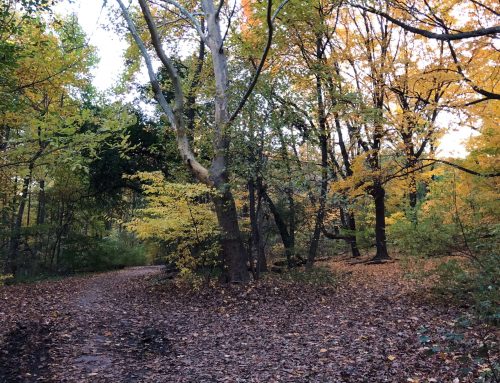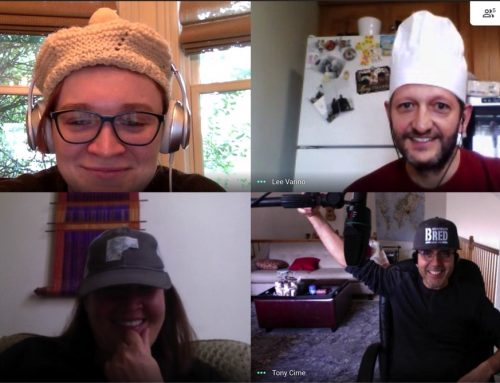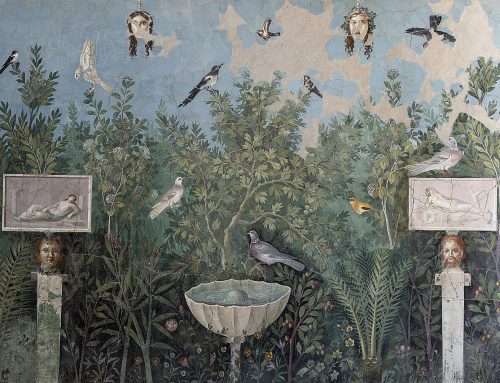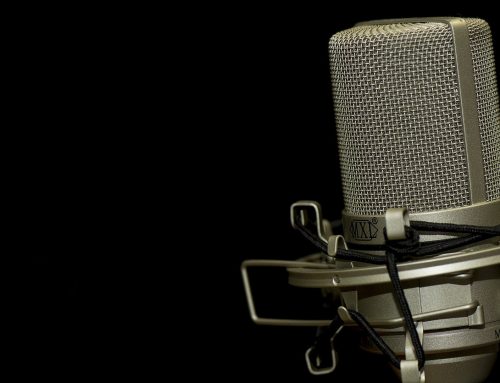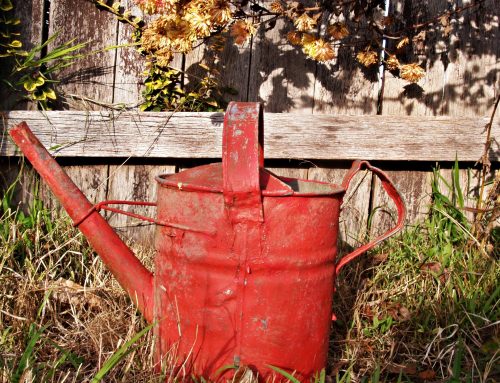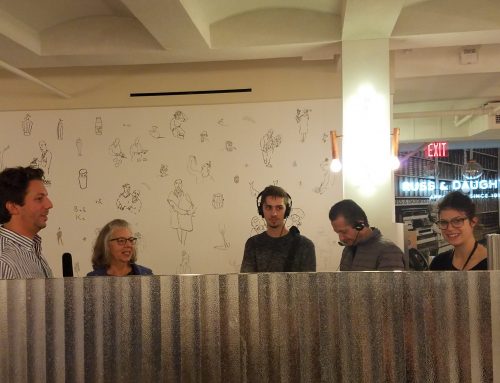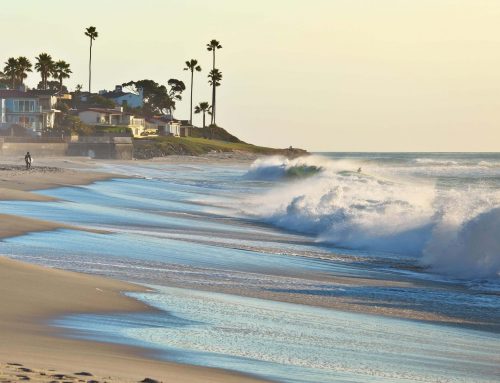“Once you crack the script, everything else follows.” – Ridley Scott
Acoustiguide’s scriptwriters are chosen for their intelligence, skill, expertise, ability to write for the ear, but most of all, their passion.
With thousands of visitors entering museums and heritage arenas day, a good script is the key to grab and hold their attention for the duration of their visit. Words can introduce, instruct and intrigue, but most importantly, words will make or break a memorable visit to a room packed with treasures, or one that may be empty and requiring imagination to see it as it once was.
Finding talented writers is a skill itself for Acoustiguide Creative teams, and they, too, work tirelessly to match the right writer with the right tour.
In the UK, we have a few long-standing fabulous tour writers. Have a look at some of the fascinating projects they’ve worked on, and the unique processes in designing each tour.

‘There’s very little I’ve encountered in my professional life to rival the feeling of sitting down in a recording studio, with a carefully chosen voice artist on the other side of the glass, and listening to them read your own words, that you’ve sometimes spent months shaping.’ Paul Ford’s work with Acoustiguide includes writing and producing the tours for HMS Belfast and The National Memorial Arboretum, the latter including a 2 hour tour with almost 100 stops of individual memorials.
Sumaya Partner has been a scriptwriter for audio and multimedia guides for thirteen years. ‘It is immensely satisfying to learn about new aspects of the arts and heritage with each new project I work on’. Among Sumaya’s most memorable Acoustiguide tours have been with the British Museum such as Germany, Memories of a Nation. She’s also written about the late 18th century New Tavern Fort and the 14thcentury Milton Chantry Heritage Centre at Gravesend in Kent,‘It is work that I love doing for its great variety, and because it embraces my core interests: art, history, writing and communicating with a wide audience.’
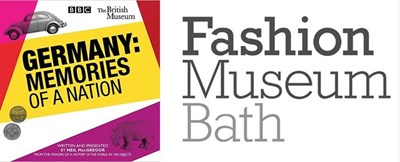
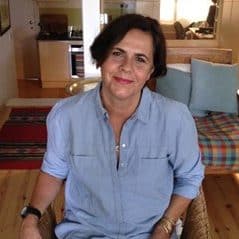

Acoustiguide script writers have an enviable job; being paid to visit interesting places and delve into research to expose and craft fascinating inside stories. Kate Paul, with 18 years’ experience as a writer for adult tours and descriptive tours for blind and partially sighted visitors, learned this titbit from Oscar-winning actress Emma Thompson: her now husband, Greg Wise, who played John Willoughby in Sense and Sensibility, felt like Batman in his cape! For one of the regular Acoustiguide exhibitions at the Fashion Museum in Bath, Jane Austen: Film and Fashion, Kate had the pleasure of unearthing many Jane Austen film secrets; our favourite comes from Colin Firth’s infamous ‘wet shirt’ scene in the BBC adaption of Jane Austen’s Pride and Prejudice. About it he said: ‘The only thing that makes sense is that I either go in fully clothed or I go in naked. There’s no in-between.’
Writers have access to secrets, from experts in all fields and in all locations; ‘We were allowed along secret corridors and into archives that the public never see.’ Jules Wilkinson, who has 15 years’ experience in script writing, wrote Acoustiguide’s Roman Bath’s tour. She says: ‘It tickled me no end that the most fabulous Roman artifacts at The Roman Baths are stored casually in Tupperware boxes.’
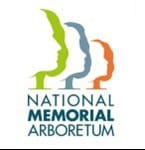

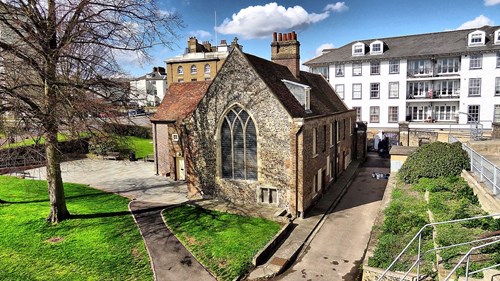 Our writer’s experiences help detail the scripts they create. As Sumaya discovered at The British Museum, ‘I would never have guessed that something so simple, a farm cart, could convey so much about human sorrow and the dislocation caused by war’.
Our writer’s experiences help detail the scripts they create. As Sumaya discovered at The British Museum, ‘I would never have guessed that something so simple, a farm cart, could convey so much about human sorrow and the dislocation caused by war’.
The emotions experienced during the writing of The National Memorial Arboretum took a lot out of our writer. Paul said, ‘to cap it all, the stop about the Bevin Boys memorial is, I think, the best thing I’ve ever written – I can say that because after reading it in the studio, both the voiceover actor and I had to take a little moment before we could move on!’
The ability to access large and small heritage sites, building relationships to encourage staff to find and share details, is no small task, either. ‘Working with someone of Neil MacGregor’s (former director of the British Museum) calibre was delightful’, said Sumaya. She balanced working with this world-renowned director with smaller projects such as working with Gravesend’s volunteers and local enthusiasts. ‘They knew so much, disagreed with each other about historical details, and sometimes forgot that I was writing for people who knew little or nothing about the sites.’
